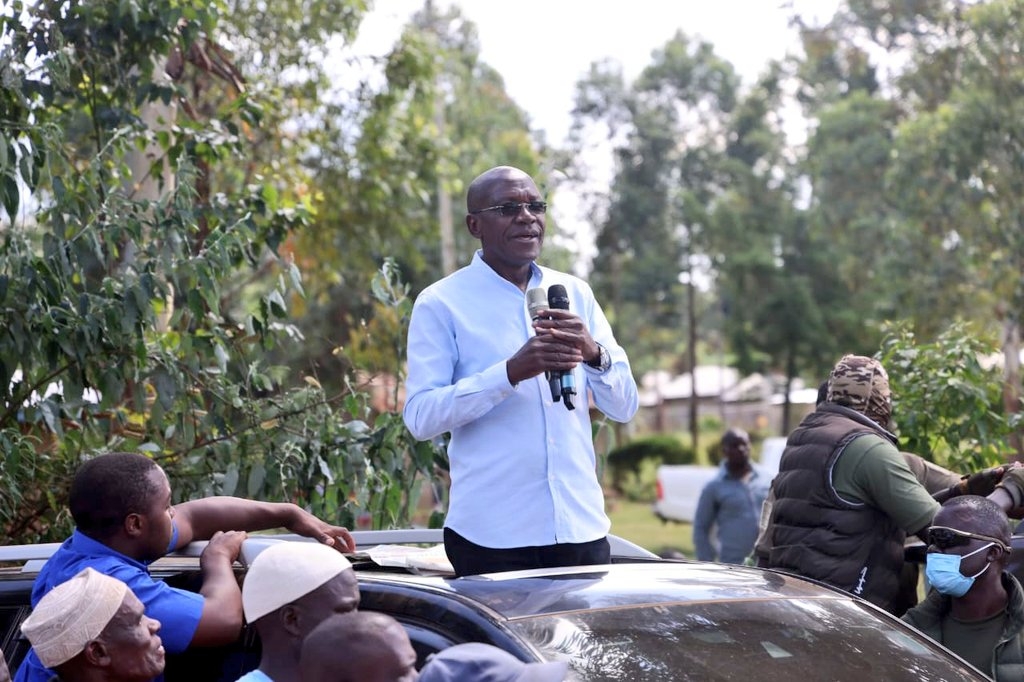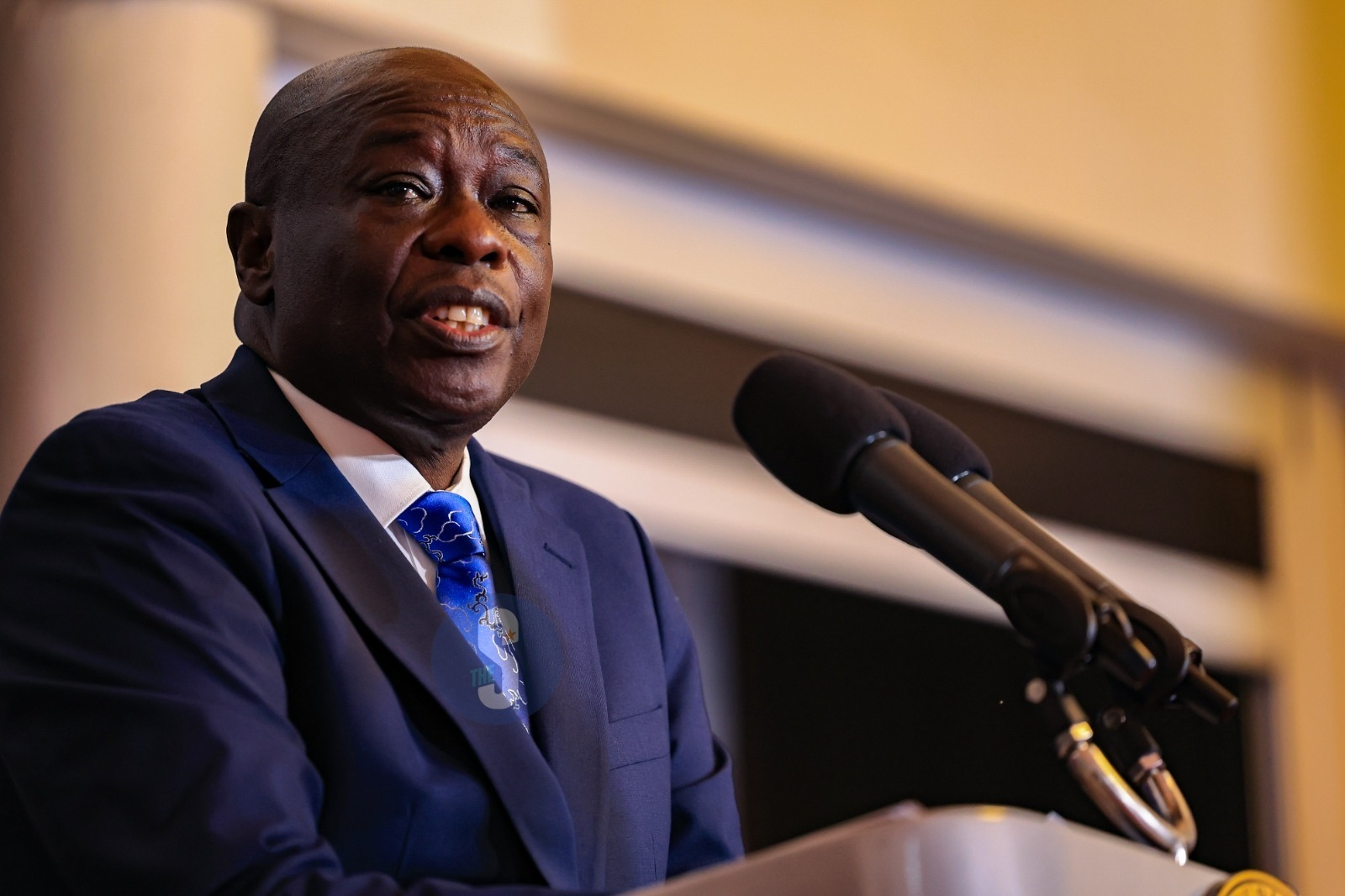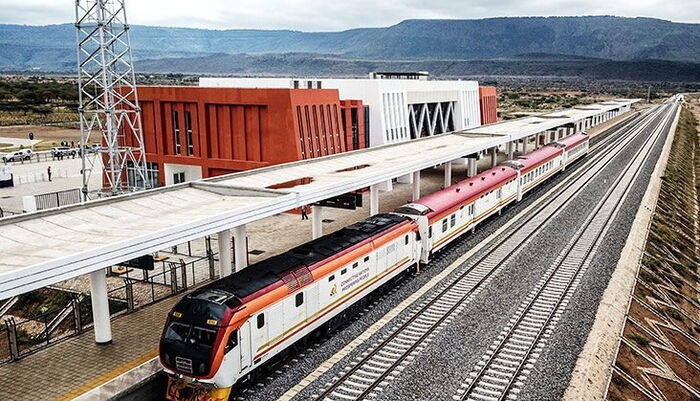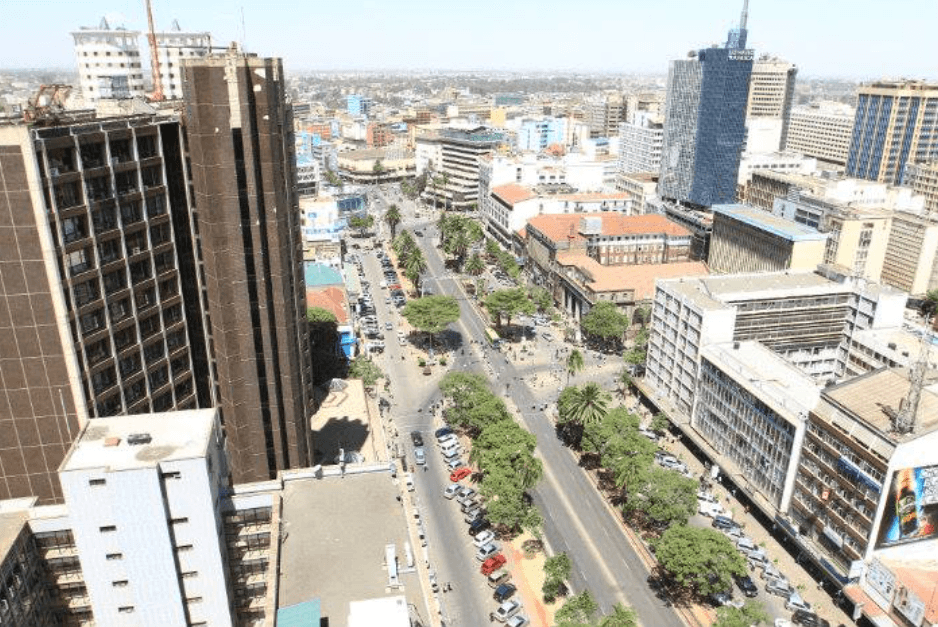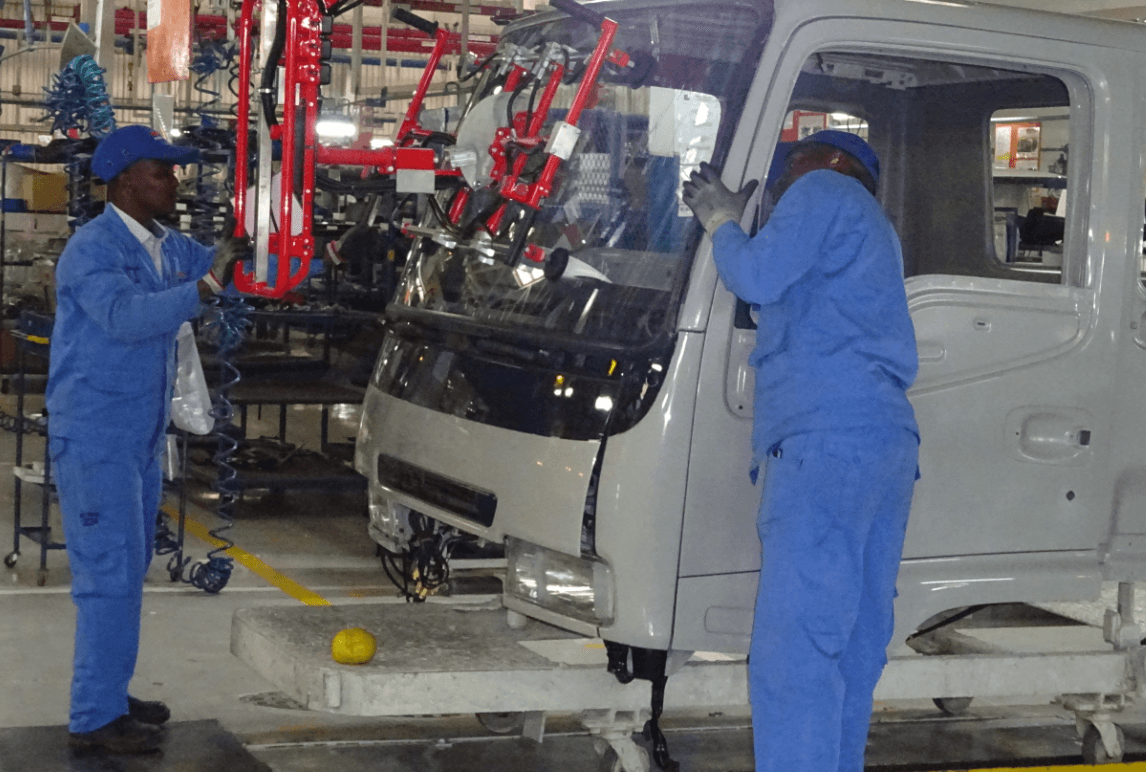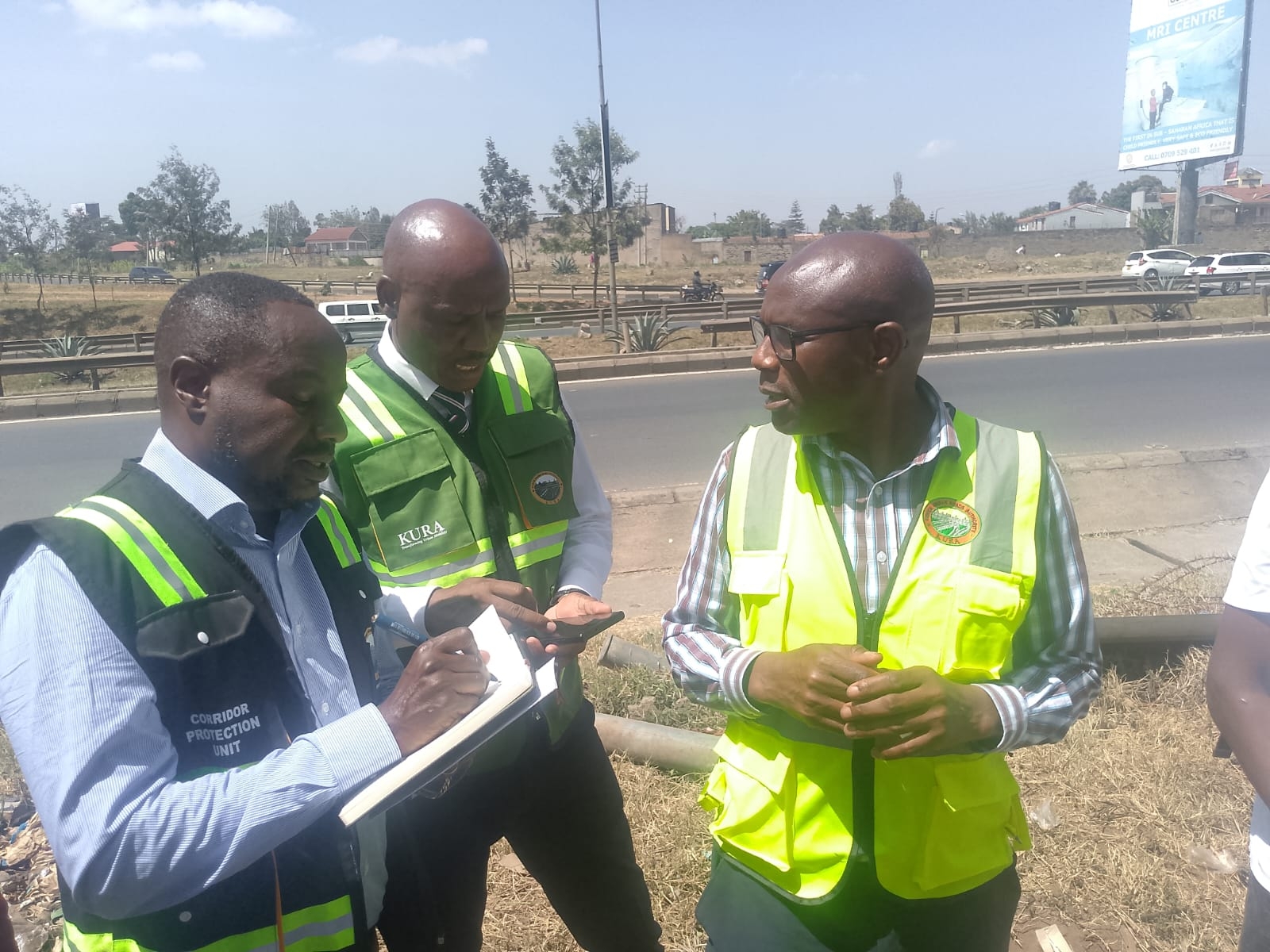President Ruto’s announcement of a raft of measures to improve port efficiency will give Mombasa an edge over its biggest competitor, Dar es Salaam if strictly implemented.
The measures, announced by the President during a meeting with port stakeholders on Saturday, include making the port operate 24 hours; reducing weighbridges on the Malaba–Mombasa road to two for transit cargo and farming out the procurement of scanners to private firms.
The latest data suggests that Dar is winning the trade route competition with Mombasa.
According to the 2022 Container Port Performance Index, a global World Bank calibration that ranks ports based on their efficiency levels, Dar es Salaam showed up at position 312, with Mombasa at 326.
It gets worse for the region- the relatively smaller Horn of Africa ports of Djibouti and Berbera emerged an impressive 26th and 144th, respectively, in a global list of 348 ports whose efficiency was measured by the Bretton Woods institution.
Efficiency in this context is defined as the “elapsed time between when a ship reaches a port to its departure from the berth, having completed the process of cargo exchange.”
But Mombasa Port has several things going for it, which can turn the tide in its favour sustainably, especially on the efficiency front, in the trade route war that shows no sign of abating in the region, between it and Dar es Salaam.
For instance, when it comes to the numbers and volumes game, Mombasa brings more heft to the berth, both in terms of potential and current status.
For instance, while Mombasa is the biggest and busiest port in East Africa and handles at least 35 million tons of cargo per year; its Tanzanian counterpart handles a lower 14 million tons.
Further, while Mombasa serves the bigger, Sh120 million-people Northern Corridor that comprises Kenya, Uganda, Rwanda, Burundi, Eastern DRC, South Sudan, Ethiopia, Somalia, and Northern Tanzania, Dar es Salaam has as its catchment the relatively smaller Central Corridor that is populated by some 50 million people in Tanzania, Burundi, Rwanda, Malawi, Zambia, and the Democratic Republic of the Congo.
In terms of actual port infrastructure, there is little to choose between the two competitors.
Mombasa Port users are served by 19 berths, including four container berths, two oil terminals or jetties and 12 general cargo berths.
Dar es Salaam, on the other hand, parades 16 berths, including four container berths, two oil terminals or jetties, and 10 general cargo berths.
The two ports are constrained by similar challenges that include congestion, outdated infrastructure, and competition from other ports in the region.
The imports they handle are mainly food, fuel and machinery, while their inventory of exports largely consists of unprocessed raw materials - tea, coffee and flowers in the case of Kenya and coffee, tea and sisal in the case of its southern neighbour.
With the almost vanilla-like similarities, perhaps the only differentiators that Mombasa can capitalize on to better its proposition and beat Dar es Salaam squarely lie in two realms–infrastructure both at the port and its hinterland and efficiency of human capital deployed at the port and on the corridor that it serves.
A lot is happening on the infrastructure front at the Mombasa Port. There is the construction of the Second Container Terminal.
The Special Economic Zone (SEZ) at Dongo Kundu, when fully operational, will provide a catchment of manufacturers - customers who will require imports to operationalize their plants and a route to foreign markets for their products through the port.
Proposed investments in hinterland infrastructure by Kenya and Uganda will greatly improve the corridor, hence port efficiency.
These include the extension of the Standard Gauge Railway from Naivasha to Malaba, through Kisumu and to Isiolo, in a plan that is estimated will cost Kenya over Sh2.1 trillion.
Kenya and Uganda have committed to implementing the SGR project jointly, as a regional project.
The SGR has proved its efficacy in decongesting the port.
The SGR moved some 6.2 million tons of cargo last year, but that is expected to reach 7.2 million tons in 2023. Half of these goods get to Naivasha via SGR and are then transferred to the Meter Gauge Railway for onward conveyance to Uganda.
Efficiency is also a function of the skills and attitudes of the 20,000 people who work at the Mombasa Port, directly and indirectly.
A plan to privatize key port functions is key to a strategy that seeks to infuse private sector ethos into the management of the port and its ecosystem.
The author is a strategic communication specialist in the transport and logistics sector.


